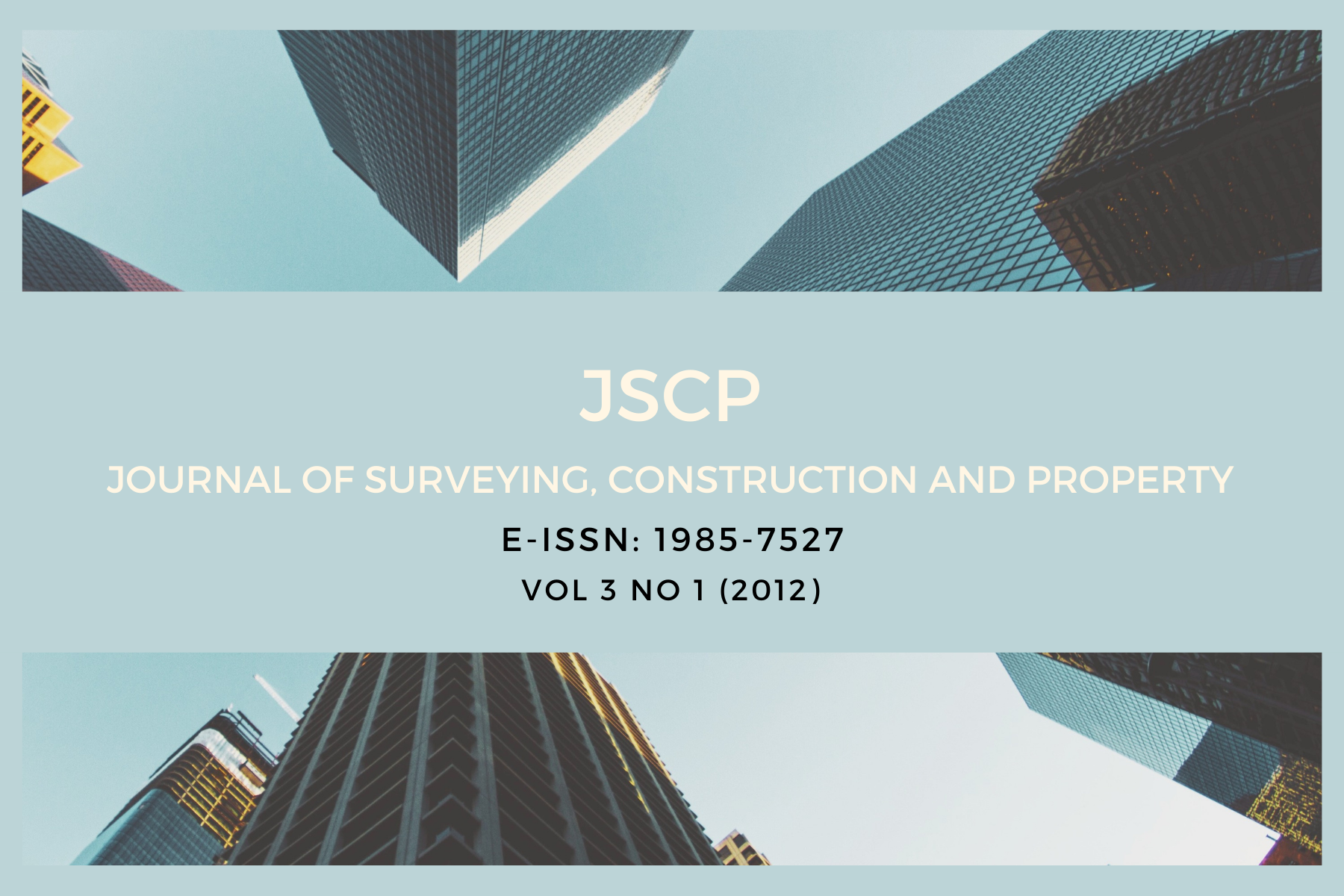An Experimental Study on Observed Heating Characteristics of Urban Pavement
Main Article Content
Abstract
Urban climate is modified resulting in its temperature warmer and drier than surrounding sub urban and rural area. One of the major causes of the modification is built environment which is the process of urbanization where vegetated surfaces are converted to asphalt and concrete surfaces. Temperature distribution in urban canopy layer is highly affected by the urban \radiation balance. Solar radiation incident on the urban surfaces is absorbed and then transformed to sensible heat. Most of the solar radiation impinges on roofs, and the vertical walls of the buildings, and the ground level. Outdoor experiments were conducted to investigate the effects of different movement of materials on the urban thermal environment. Meteorological conditions such as air temperature, pavement surface temperature, relative humidity and wind velocity were recorded to determine the heating characteristics and temperature differences among asphalt, concrete, interlocking bricks and grass surfaces. Additionally, surface albedo was also measured in order to calculate the rate of reflectivity of the four porous and non- porous pavements. This paper confirms that the net balance between the solar gains and the heat loss by the emitted long wave radiation determines the thermal balance of urban areas. Because the radiant heat loss is slower in urban areas and the net balance is more positive than in the surrounding rural areas and thus higher temperatures are present.
Keywords: Porous, Non Porous Pavement, Urban environment, thermal characteristics, Albedo, solar radiation
Downloads
Article Details
COPYRIGHT. All rights reserved. No part of this journal may be reproduced, copied or transmitted, in any form or by any means, electronic, mechanical, photocopying, and recording or otherwise without proper written permission from the publisher. Any opinion expressed in the articles are those of the authors and do not reflect that of the Universiti Malaya, 50603 Kuala Lumpur, Malaysia
